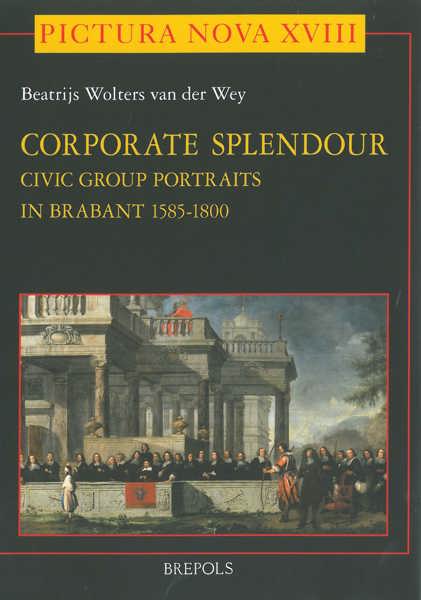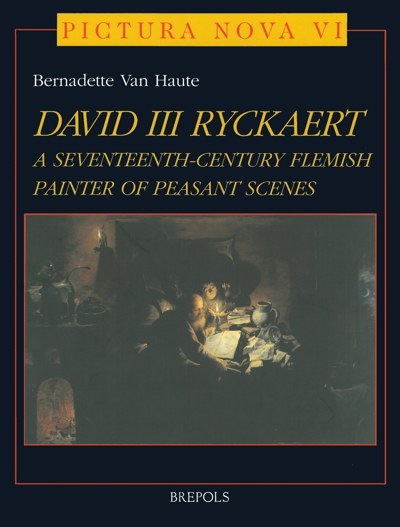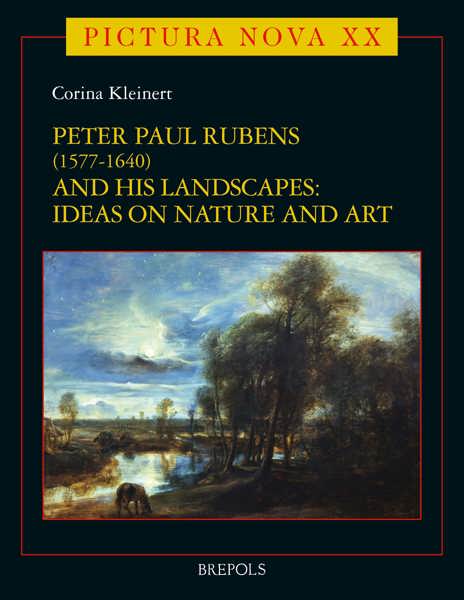
The Drawings of Peter Paul Rubens, A Critical Catalogue, Volume Three, 1621–1640
Part One: Text and Part Two: Plates
Anne-Marie Logan, Kristin Lohse Belkin
- Pages:2 vols, 555 p.
- Size:216 x 280 mm
- Illustrations:172 b/w, 342 col.
- Language(s):English
- Publication Year:2025
- € 250,00 EXCL. VAT RETAIL PRICE
- ISBN: 978-2-503-59956-4
- Hardback
- Available
Anne-Marie Logan is a specialist in Rubens’s drawings and in those of his Flemish contemporaries, especially Van Dyck’s. She started her work on the present catalogue in 1972, collecting the vast amount of material that would go into a project of this scope. Her work resulted in two major exhibitions, Flemish Drawings in the Age of Rubens: Selected Works from American Collections, Wellesley College and Cleveland Museum of Art, 1993–94, and Peter Paul Rubens: The Drawings, at the Metropolitan Museum of Art, New York, 2005, with a previous showing at the Albertina, Vienna. In addition, Dr. Logan published catalogues of the drawings and watercolors in the Yale University Art Gallery (1970) and the Detroit Institute of Arts (1987) as well as numerous articles and book and exhibition reviews on Rubens and 17th-century Flemish drawings.
Kristin Lohse Belkin is a Rubens specialist who has carried out extensive research on the artist. She is the author of a book on Rubens published by Phaidon in their Art & Ideas series (1998) and has contributed to the Corpus Rubenianum Ludwig Burchard (1980 and 2009). In 2000 and 2004, respectively, she co-curated two exhibitions at the Rubenshuis in Antwerp: Images of Death: Rubens copies Holbein (with Carl Depauw) and A House of Art Rubens as Collector (with Fiona Healy). In addition, Dr. Belkin has written articles and lectured widely on Rubens and Flemish art.
This is the final volume of the catalogue raisonné of the drawings by Peter Paul Rubens, covering the years 1621–1640. The project is a collaboration between Anne-Marie Logan, to whom belong all the Rubens attributions, and Kristin Lohse Belkin. It is the first publication that presents the artist’s entire drawn oeuvre in chronological order, previous such publications containing only selections of drawings. Accordingly, Volume III consists of the drawings from 1621 to the artist’s death in 1640.
The first decade is characterized by Rubens’s first foreign commission, the paintings for the Luxembourg Palace, Marie de’ Medici, the Queen Mother’s new residence in Paris, and by the demands of the artist’s diplomatic missions to the courts of Madrid and London. In contrast to the works requested by Rubens’s official duties, especially portraiture, a subject not of primary interest to the artist before, are the paintings and drawings of the second decade, predominantly inspired by the elderly painter’s marriage to the young Helena Fourment and the love and deep affection for his wife and her children. Court portraits are replaced by images of his family à trois crayons, Rubens preferred medium in these years. Helena in disguise appears in the artist’s religious, mythological and genre paintings, most gloriously in the series of drawings for The Garden of Love. Commissions for altarpieces continue but unlike the black chalk anatomical studies of the 1610s, preparatory drawings now consist of head studies in black and red chalk, the latter used for the capture and color of skin. At the same time, images of domestic bliss are accompanied by drawings of the Flemish countryside, especially after Rubens’s purchase of the seignorial estate “Het Steen” in 1635.
In addition, Rubens continues to design title-pages and even to make copies after older works of art that constitute such a large part of his earliest output. But the activity of copying the works of his predecessors for the purpose of artistic instruction now has turned into the antiquarian’s pursuit of knowledge and the collector’s desire and delight, as Rubens records ancient gems and cameos in a series of drawings with the aim of a scholarly publication that, however, never materialized.
As in previous volumes, each entry consists of a detailed physical description of the drawing, provenance, exhibition history, full bibliography and a critical, interpretive discussion. All drawings by Rubens as well as a selection of comparative images are reproduced in color as far as possible.
Part One: Text
Introduction to the Catalogue
Acknowledgments
Peter Paul Rubens (1557–1640): Timeline 1621–1640
Catalogue Entries
Appendices
I Addenda
II Corrigenda
III Rejected Attributions
Part Two: Plates
Catalogue Illustrations
Appendices
I Addenda
II Corrigenda
Bibliography
Exhibitions
List of Illustrations
Index to Volumes I-III
Photographic Credits






